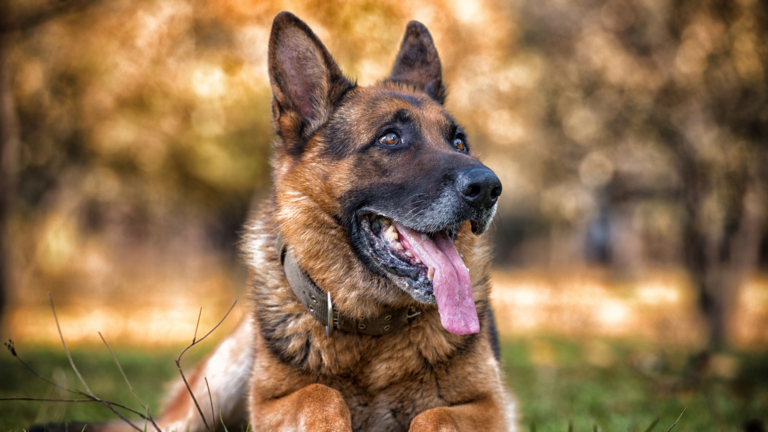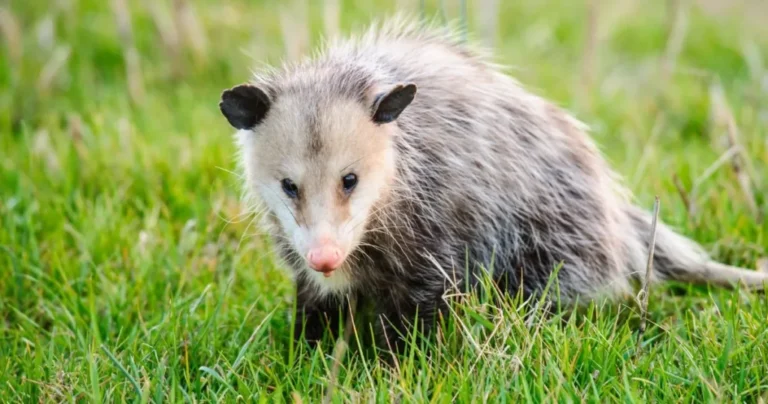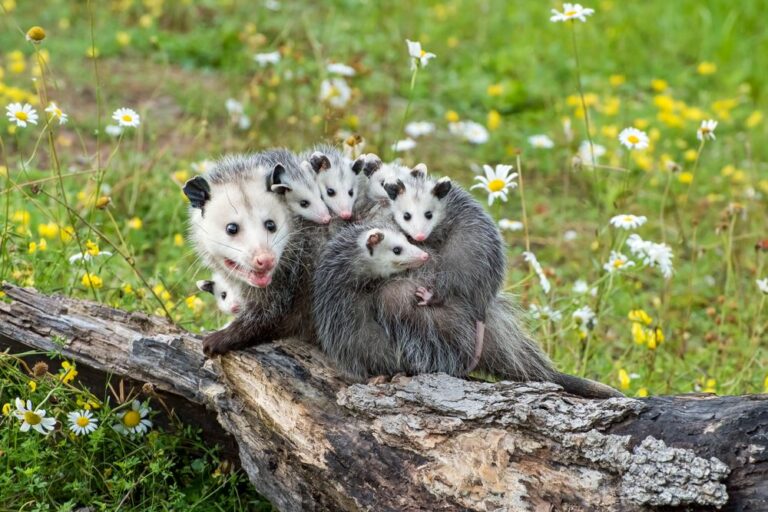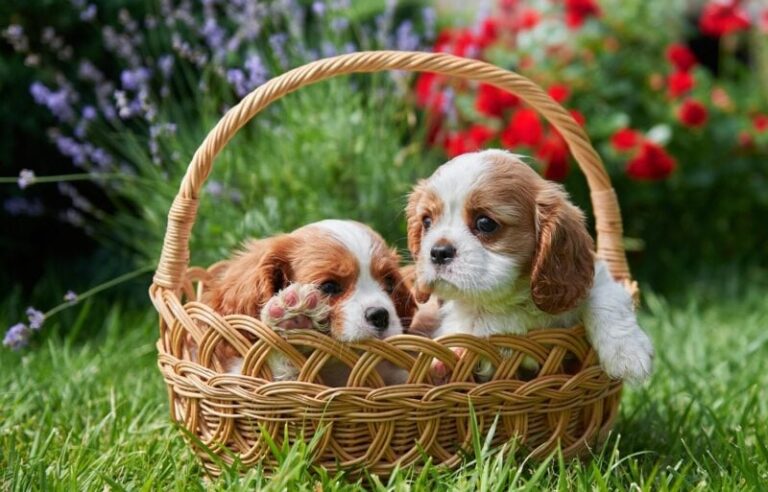Groundhog Poop: Identification, Risks, and Management
Overview
Woodchucks or groundhogs are one of the most recurring rodents native to North America. Recognizing these droppings is fundamental for homeowners as well as gardeners to determine infestations and take necessary corrective actions concerning their health.
Identifying Groundhog Droppings
There are specific qualities where groundhog manure is different from that of other microbes or animals:
- Size and Shape: Usually, the cylinders range from 1/2 inches to 1 inches long and 1/4 inches in diameter.
- Color: New droppings appear grayish brown, changing from dark brown, or black to grayish brown as they age.
- Texture: Unlike other rodents, they are mostly dry and firm with no slimy texture.
These characteristics facilitate the differentiation of groundhog excrements from those of other animals. By way of example, mouse droppings are relatively smaller, rat excreta are larger and more pointed on one side, while squirrel poop is more irregular and smaller in size in comparison.
Behavioral Patterns Related to Defecation
Groundhogs have some peculiar aspects regarding waste management, such as:
- Toilet Chambers: They create specific chambers in their burrows for excretion, which results in less frequent surface droppings.
- Burrow Proximity: If droppings are discovered above ground, it is most notable in vicinity of their burrow entrances.
Having insight into these habits allows you to trace an active groundhog burrow on your property as well as activity signs.
Health Risks Associated with Groundhog Feces
Despite the fact that groundhogs are generally clean animals, the groundhog’s droppings present potential health hazards.
- Disease Transmission: Groundhogs are potential hosts of bacteria and parasites, like leptospirosis and roundworms, which infest people on contact.
- Contamination: Feces pose a significant risk for contamination of soil and water sources, endsangering other animals and humans.
The health risks presented can be dealt with through appropriate disposal of groundhog droppings.
Mini Aussiedoodle | The Ultimate Companion for Active Families
Dog Kidney Failure | When to Euthanize
Preventing Groundhog Infestations
In order to reduce the number of groundhogs and their feces, consider the following approaches:
- Protecting Garden Areas: Erect fences that are a minimum of 3 feet tall and 1 foot deep into the soil to stop groundhogs from digging.
- Removal of Food Sources: Stop supplying food like vegetables and fruits which are readily available to make sure that groundhogs do not enter your premises.
- Modification of the Surrounding Area: Remove any brush piles as well as long grasses that offer cover to groundhogs.
Following these steps will help manage and control groundhogs and the problems they bring.
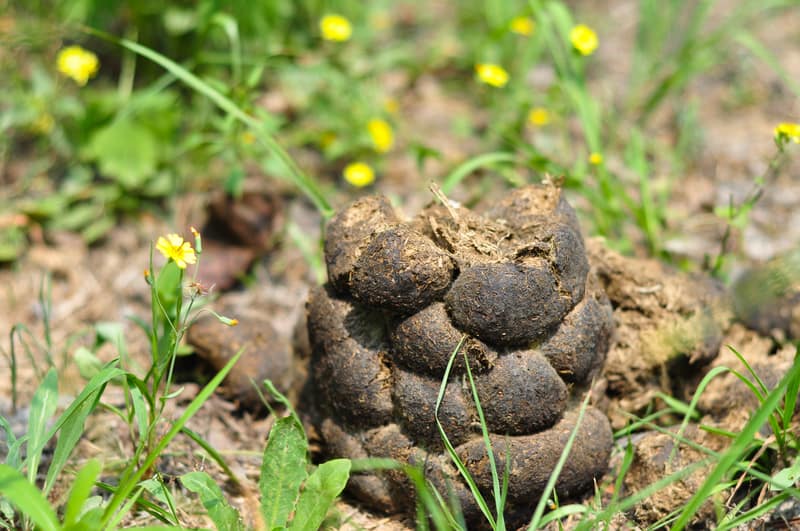
Safe Cleanup and Disposal of Groundhog Droppings
The following steps outline the proper procedures for the removal of groundhog feces from personal property:
- Protective Measures: Put on a pair of disposable gloves to eliminate any risk of contact with skin.
- Removal: Scoop the feces using a shovel and deposit it into a plastic bag.
- Trash Removal: Place the bagged feces in an outdoor trash bin.
- Disinfection: Sanitizer the recovered area to remove any lingering bacteria or parasites.
By adhering to these procedures, groundhog droppings can be removed in a safe and effective manner.
Conclusion
Comprehending and analyzing groundhog dropping is essential in ensuring a clean environment in your surroundings. By recognizing the feces, considering the possible health dangers, and taking the necessary steps, you can manage and control problems concerning groundhog infestations.
FAQS
Are groundhog droppings harmful to humans or pets?
Groundhogs can excrete things that injure or cause harm to humans and pets because there is a chance that they carry bacteria such as salmonella which parasites such as leptospirosis can damage.
Can groundhog poop attract other pests?
Because groundhogs excrete fecal matter, they did serve as a source for other insects such as flies who feed on fecal matter or on the feces itself.
What are the health risks associated with groundhog feces?
When someone comes in contact with feces, there are chances that they can get a zoonotic disease. Proper safety measures are recommended to anyone handling droppings of this sort.
How should I clean up groundhog droppings safely?
It is recommended to make use of gloves and a plastic bag for safe disposal. The area must be cleared out with the use of tissue and disinfectant to ensure that germs are not spread.
How do I prevent groundhogs from defecating on my property?
Consider planting herbs such as lavender and mint which act as repellent to groundhogs. You can also blocked areas where they can burrow freely and putting fences in your yard.


